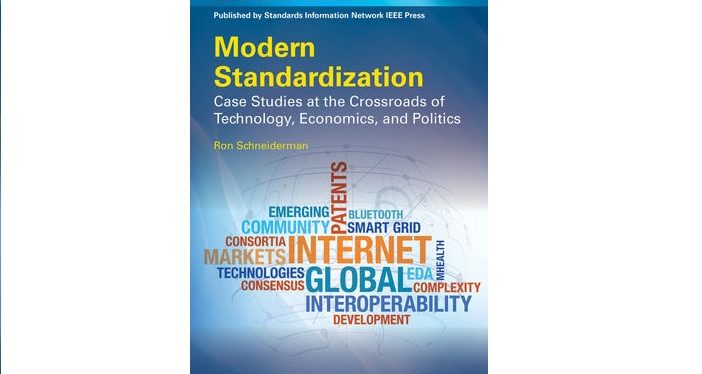During the past two decades, drone technology has evolved from an emerging into a developed technology serving a multitude of applications such as recreation, search and rescue, inspection, security, surveillance, science and engineering R & D, aerial photography, aerial imaging and mapping, surveying, TV news coverage, agricultural and environmental monitoring, moviemaking, law enforcement, and unmanned cargo transport.
Drones are also known as Unmanned Aerial Vehicles (UAV) or Unmanned Aircraft Systems (UAS). The FAA defines a drone or UAS as an aircraft without a human pilot on board. Instead, the device is controlled by an operator on the ground. The FAA has established the following regulations and guidelines for flying drones in the United States for recreational and commercial purposes:
| Flying for recreational use | Flying for commercial use | |
|---|---|---|
| Pilot Requirements |
|
|
| Aircraft Requirements |
|
|
| Location Requirements |
|
|
| Rules of Operation |
|
|
| Example Applications |
|
|
| Legal or Regulatory Basis |
|
|
* Source: FAA
According to the Association for Unmanned Vehicle Systems International (AUVSI), by 2025 more than 100,000 new jobs related to UAS technology will be created in the United States. On the technological horizon, drones appear to be ubiquitous, but unfortunately the development and adoption of national and international standards is lagging behind the pace of development of drone technology.
The International Organization for Standardization (ISO) is an international organization with the membership of more than 160 countries; it has completed 14 UAS standards, and a number of new standards are due for completion in 2018. One such standard being developed is the ISO/TC 20/SC 16 for unmanned aircraft systems, encompassing their design and development, manufacturing, delivery, maintenance, classification, and characteristics; the materials, components, and equipment used during their manufacturing; and their safe operation, with the joint use of airspace by unmanned and manned aviation. The UAS standards project ISO/TC 20/SC 16 has the support of 18 standards organizations based in the United States, the United Kingdom, China, Russia, Japan, France, and Germany. The UAS standards project is in the process of developing standards with support from academe, industry, and governments.
Globally, drone flying is growing as a hobby. Drones flying dangerously close to commercial aircraft pose safety concerns and violate federal rules of operation. According to the International Air Transport Association (IATA), between January 2013 and August 2015, there were 856 cases worldwide of drones flying very close to planes.
The public debate is heating up about the use of drones for recreational and commercial purposes, and questions have been raised about their safety, security, and associated ethical and social issues. There are concerns about invasion of privacy and erosion of civil liberties.
As the technical experts and policy makers strive to develop standards at national and international levels, they ought to ponder the following questions:
- How to legally address, at national and international levels, damage to public property and fatalities caused by failures of drone technology?
- How to deal with the unintended consequences of drone use?
- How to effectively manage recreational and commercial drone traffic?
- How to effectively track recreational and commercial drones?
- How to develop GPS-based flying corridors for recreational and commercial drones?
- How to effectively assign electronic addresses for identifying recreational and commercial drones?
- How to avoid violating public privacy and safeguard civil liberties?
Answers to these questions will lead to the development and adoption of national and international standards. Once such standards are developed, drone technology can safely be used for the benefit of society both for recreation and for cross-border commercial deliveries in the United States, Canada, Europe, and other international regions.
Dr. Ahmed S. Khan is a Professor of Electronics and Electrical Engineering in the College of Engineering and Information Sciences at DeVry University, Addison, Illinois. Dr. Khan has thirty-four years of experience in research; instruction; curriculum design, development, evaluation, and implementation; and program accreditation, management, and supervision. Dr. Khan received an MSEE from Michigan Technological University, an MBA from Keller Graduate School of Management, and his Ph.D. from Colorado State University. His research interests are in the areas of nanotechnology and the social and ethical implications of technology. He teaches Wireless Engineering, Network Engineering, Fiber Optic Communications, Science Technology and Society (STS), and Project Management. He also advises students on their senior design projects. He is the author of many educational papers and presentations and has authored/coauthored many books, including most recently Nanotechnology: Ethical and Social Implications (CRC Press, 2012).




